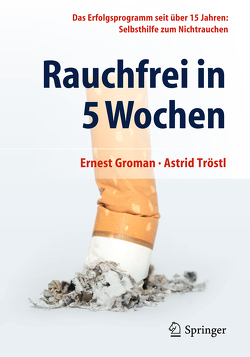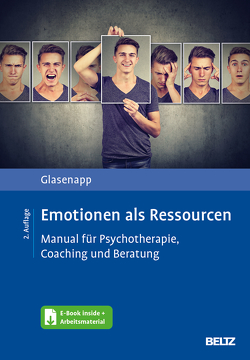Falsche Scham
Strategien der Überzeugung in Aufklärungsfilmen zur Bekämpfung der Geschlechtskrankheiten (1918–1935)
Anita Gertiser
Steigende Ansteckungszahlen mit Syphilis und Gonorrhoe im und nach dem Ersten Weltkrieg waren in vielen Ländern Europas und Nordamerikas Anlass für Aufklärungskampagnen. Im Verbund didaktischer Medien entstanden hierfür in den 1920er Jahrenzahlreiche Filme, die explizit die Bekämpfung der Geschlechtskrankheiten thematisierten. Ziel war es, der Bevölkerung die medizinwissenschaftlichen Kenntnisse in populär verständlicher Form zu vermitteln. Die Verfasserin zeigt, wie die medizinischen Sachverhalte ins Bild gesetzt und didaktisch verknüpft sind und wie die Zuschauerinnen und Zuschauer (emotional) angesprochen werden. The increasing number of people infected with syphilis and gonorrhoea during and after the First World War prompted numerous European and North American countries to start STD awareness campaigns. Employing didactic media hereto, in the 1920s, several films were produced that explicitly addressed the topic of fighting venereal diseases. The aim was to spread medical scientific knowledge to the general public in a popular comprehensible fashion. To appreciate these films in their historical relevance, the study will take into account their contents in relation to historical, cultural, social and medical discourses. It will be examined how the films portray medical facts and how these facts are didactically linked, and on the other hand how the recipients respond (emotionally) to these representations.


























































